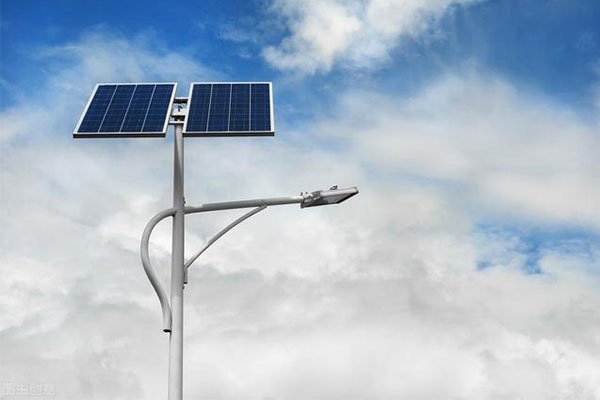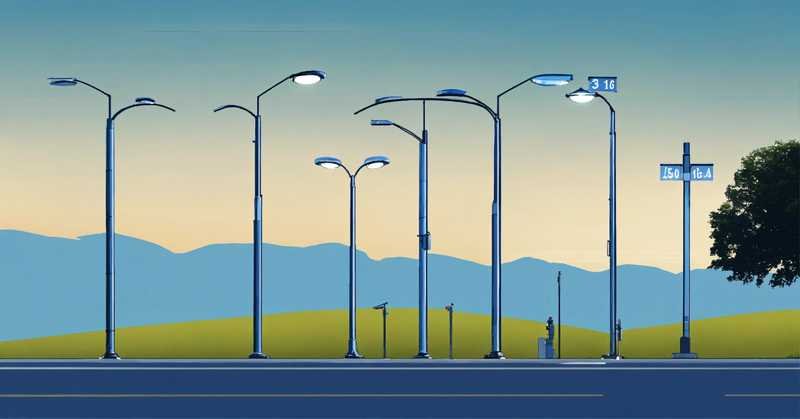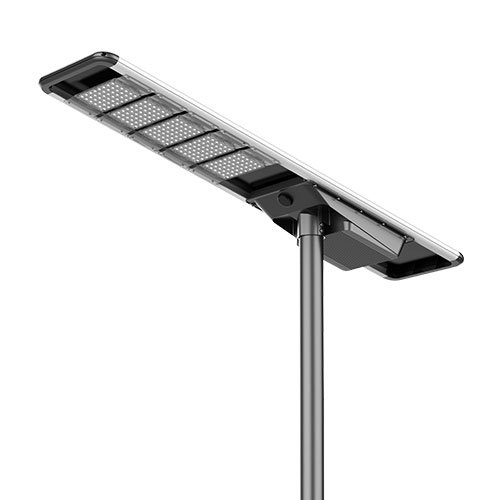Street lights look unnecessarily tall? You’re not alone. Many ask why we don’t just bring them closer to the ground if they only need to light up roads.
Street lights are mounted high to provide uniform light distribution, reduce glare, and maximize visibility and safety over a wide area with fewer poles.
It may seem counterintuitive, but their height plays a key role in lighting quality, safety, and efficiency. Let's explore why that is.
Does mounting height really matter in street lighting?
Most people think lighting is about brightness. But without the right height, brightness can turn into glare and shadows.
Yes, the height of a street light determines how well the light spreads, how much area it covers, and how comfortable it is for drivers and pedestrians.
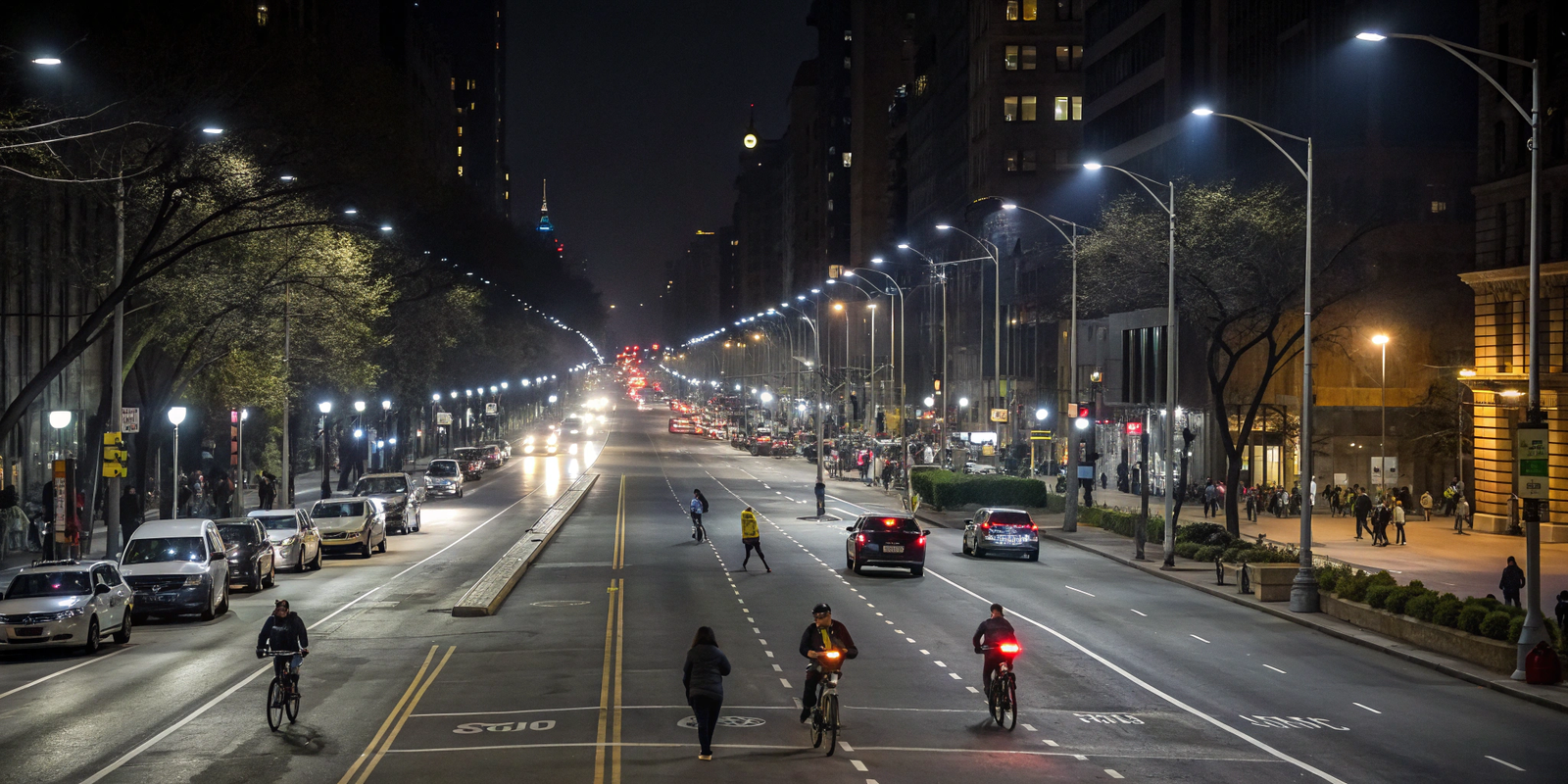
Wider Light Distribution
The higher the lamp, the broader the beam spread. This means fewer poles are needed and light is distributed more evenly.Reduced Glare
Lights mounted higher reduce the risk of direct glare in drivers’ eyes, which helps avoid visual discomfort and accidents.Better Uniformity
A consistent lighting level between poles improves visibility by reducing the contrast between bright and dark areas.Cost Efficiency
Higher poles mean fewer total installations, less wiring, and lower long-term infrastructure cost.
| Pole Height | Road Width | Number of Poles | Glare Risk |
|---|---|---|---|
| 6m | 4m | More | High |
| 9m | 7–8m | Moderate | Medium |
| 12m | 10m+ | Fewer | Low |
What if street lights were lower?
Lower poles seem simpler, safer to maintain, and cheaper, right? But what are the trade-offs?
Using shorter poles results in more shadows, patchy lighting, and potential glare issues, making roads less safe and efficient to light.
Limited Coverage
A shorter fixture lights a smaller area. More poles are needed to avoid dark spots.Poor Uniformity
Light intensity drops sharply outside the beam’s center, creating uneven brightness and dark patches.Increased Glare
Lights at eye level or slightly above can be visually blinding for drivers and pedestrians.Visual Clutter
A row of short poles adds clutter and consumes sidewalk or roadside space.Higher Maintenance Frequency
Even if they’re easier to access, having more units means more work overall.
How does lighting height improve safety?
Safety isn’t just about how bright the road is. It’s also about how consistent, comfortable, and controlled that lighting is.
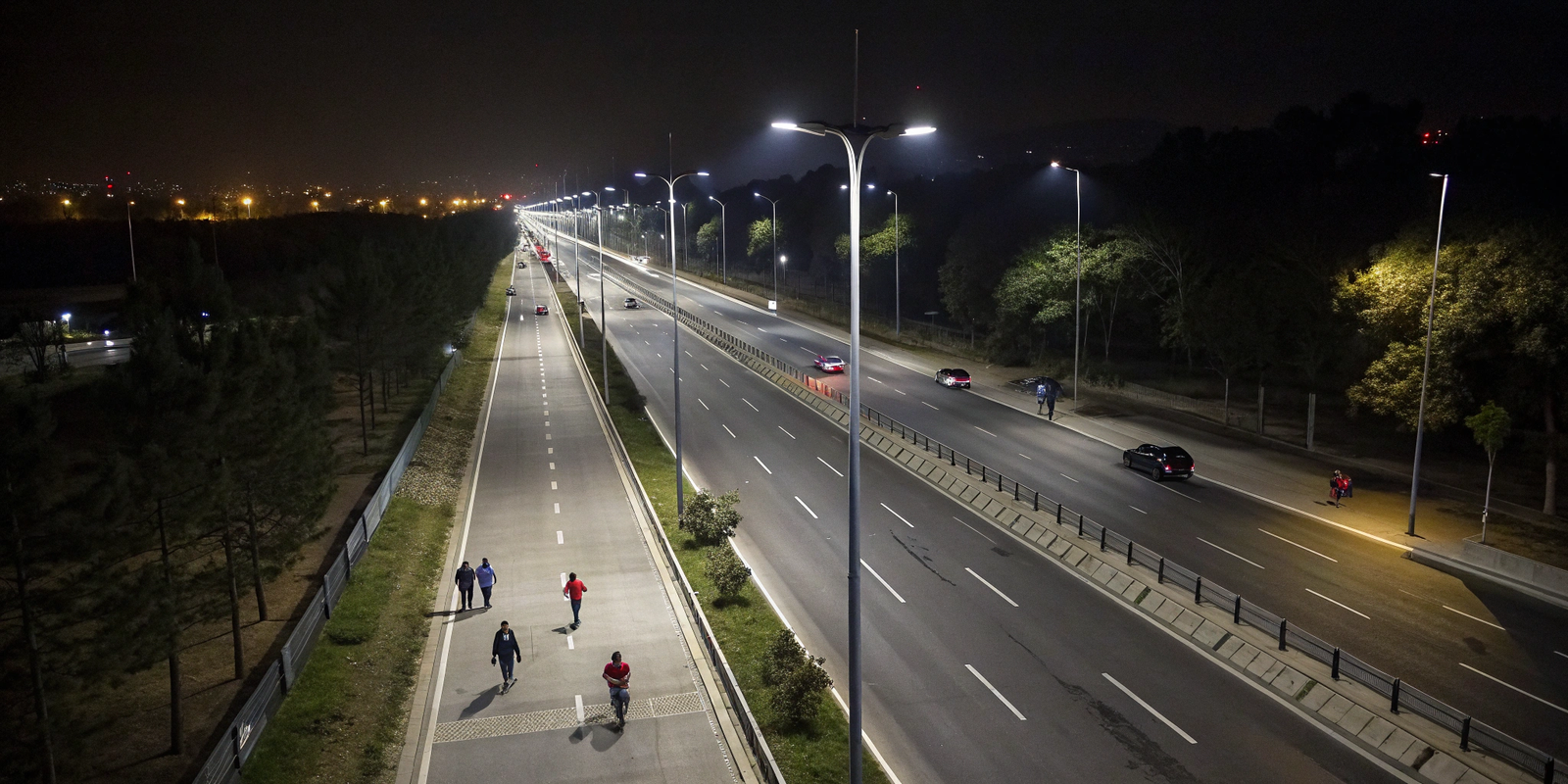
Higher street lights improve visibility for both drivers and pedestrians, reduce blind spots, and help create a predictable driving environment.
Improved Driver Reaction Time
Uniform light gives drivers time to spot pedestrians or road signs before it’s too late.Better Peripheral Vision
Higher light points illuminate sidewalks and roadside hazards, not just the middle of the road.Pedestrian Safety
Proper height lights ensure crossings and sidewalks are lit, making people more visible.Reduced Crime Risk
Consistent, wide lighting deters unlawful activity by reducing dark corners and increasing surveillance.
| Lighting Factor | Low Poles (6–8m) | High Poles (10–12m+) |
|---|---|---|
| Visibility Distance | Short | Long |
| Glare Risk | High | Low |
| Safety Perception | Lower | Higher |
| Maintenance Count | More fixtures | Fewer, taller poles |
What’s the standard height for street lights?
Wondering what height is considered "normal"? The answer depends on the road type and the lighting design standards used in each country.
Typical street light heights range from 6 meters on small roads to 12 meters or more on main highways and intersections.
- Residential Streets: 6–8m
- City Roads: 9–10m
- Highways or Main Roads: 10–12m+
- High Mast Applications: 20–45m+
| Application | Height Range | Example Use Case |
|---|---|---|
| Neighborhood Street | 6–8m | Housing roads |
| Urban Main Road | 9–10m | City avenues |
| Expressways | 10–12m+ | Fast-moving traffic zones |
| Flyovers / Interchange | 20m–45m | High mast infrastructure |
In my work across Uganda and Central Africa, I commonly recommend 9m poles for regular two-lane streets and 12m poles for busy avenues. For airports or large junctions, we use high mast lights for broader reach.
Are there smarter ways to light roads today?
With today’s technology, we can do more than just mount lights high. Smart lighting solutions make height work even better.
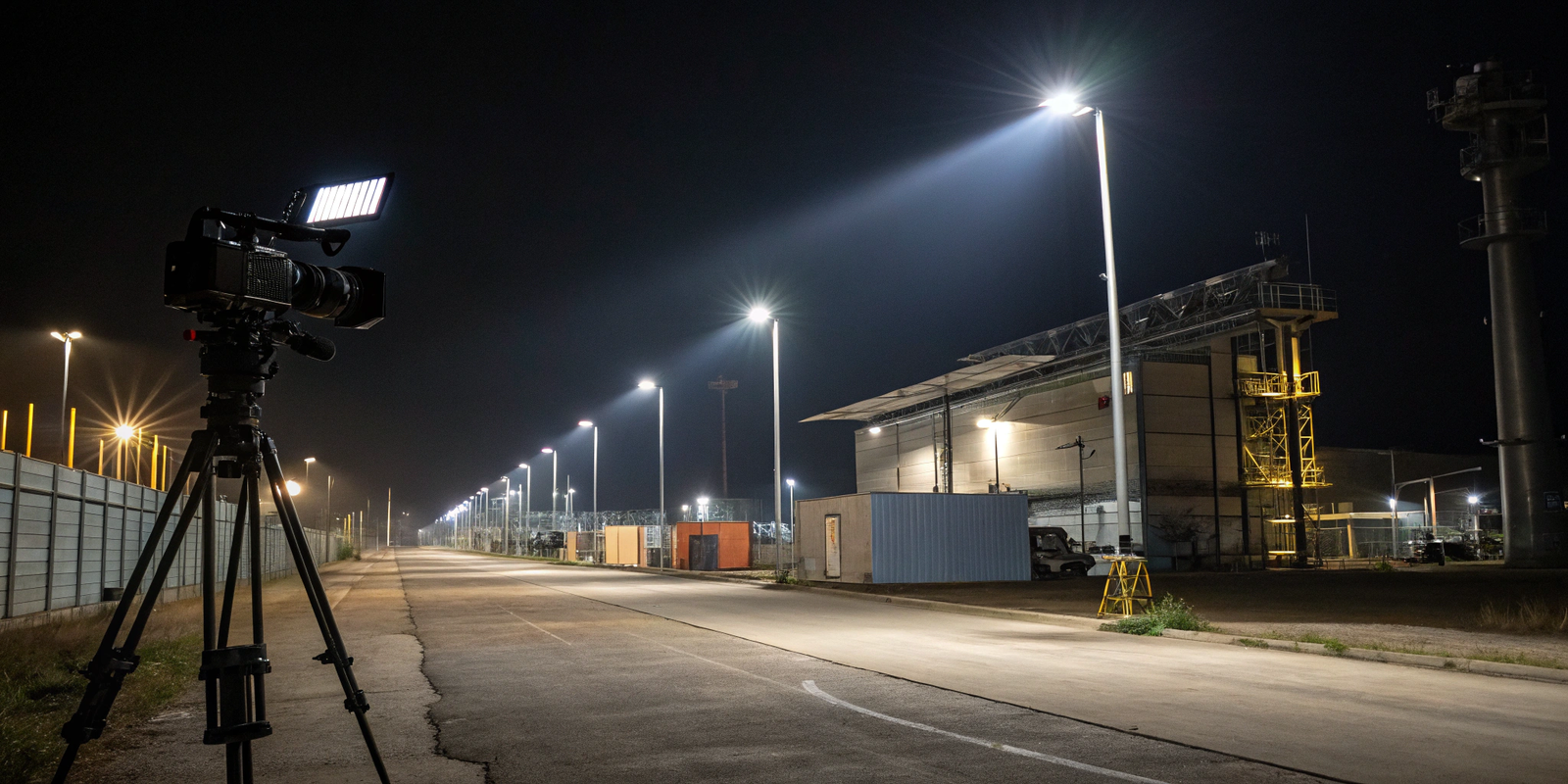
Yes, with LED optics, motion sensors, and solar tech, tall lights can now deliver focused, efficient, and sustainable lighting like never before.
LED Optics
Lens systems focus the beam exactly where it's needed, improving coverage and reducing wasted light.Smart Controls
Motion sensors and remote dimming reduce energy use while still maintaining safety.Solar Integration
Taller poles can hold bigger solar panels and batteries, keeping them safe from vandalism and shadows.Durability Features
Anti-vibration arms, corrosion-resistant poles, and strong surge protectors make tall lights resilient.
At Huaweilight, we integrate smart controllers, PIR sensors, and lithium batteries into our tall pole systems, especially for off-grid applications in Africa. The result? Smart, reliable lighting without grid dependency.
Conclusion
Street lights are tall for a reason. Height ensures safer roads, better light coverage, and more efficient designs. Instead of being “too high,” they are just high enough to do the job right.
Need Help? Get Free Lighting Consultation
Tell me about your project, and I’ll help you choose the right street light height, model, and layout—saving you money while improving safety and performance.




